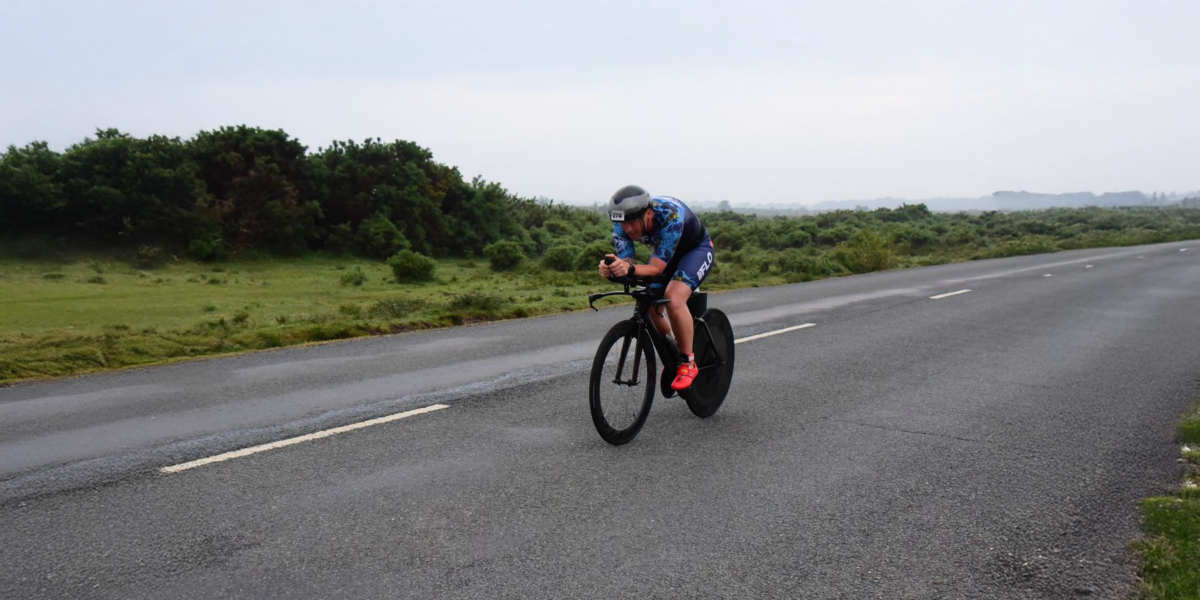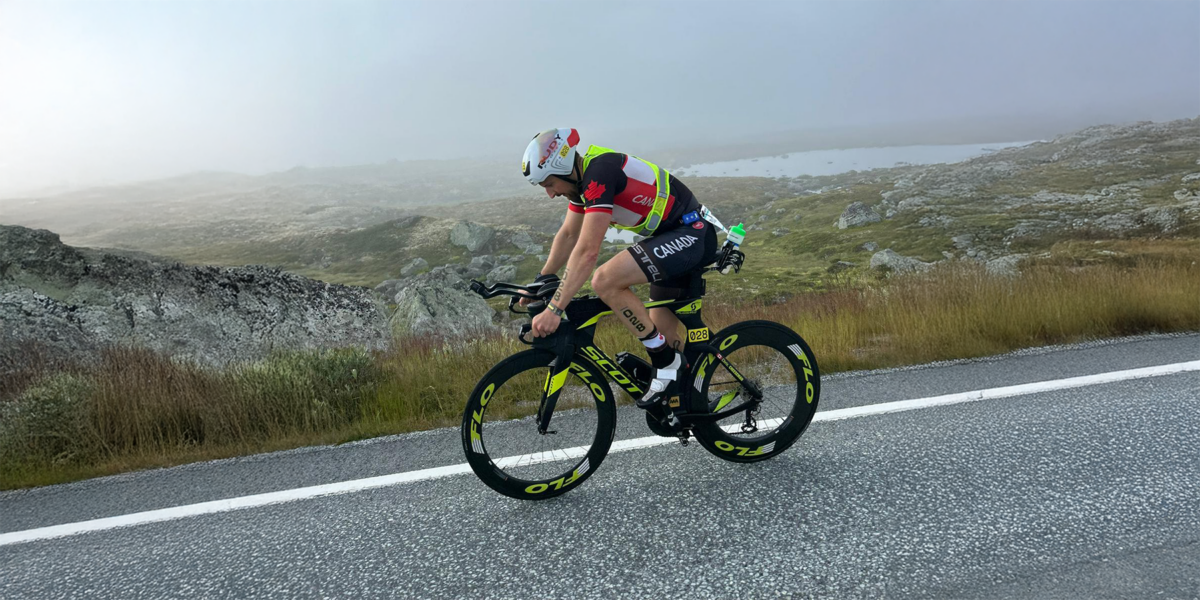As cyclists dedicated to improving performance, we obsess over watts. Saving watts means going faster, riding further, and experiencing less fatigue. But to truly maximize these marginal gains, we must deeply understand how our equipment interacts with the invisible yet ever-present factor—air.
At FLO Cycling, we’ve dedicated countless hours to researching and refining wheel aerodynamics. A critical concept we’ve consistently emphasized in our designs is managing airflow—specifically the distinction between laminar and turbulent flow.

Laminar vs. Turbulent Flow: What’s the Difference?
In fluid dynamics—the study of how fluids move—air behaves similarly to a fluid. Understanding the differences between laminar and turbulent flow around your wheels can greatly impact your performance.
Laminar Flow occurs when air moves smoothly over a surface in well-organized, parallel layers. Picture a gently flowing river, where each water particle follows a predictable path. Laminar flow is characterized by minimal friction, resulting in lower drag.
Turbulent Flow, conversely, involves chaotic, irregular air movements, characterized by swirling eddies and vortices. Think of turbulent flow as whitewater rapids, where water violently churns and mixes, causing significant energy loss and increased drag.
Why Does Airflow Matter for Cyclists?
Aerodynamic drag accounts for approximately 80% of resistance encountered by a cyclist at speeds above 15 mph. Reducing this drag is the most efficient way to improve your performance—far more impactful than cutting weight or improving rolling resistance alone. Efficiently managing airflow around your wheels can save substantial watts, meaning you can maintain higher speeds with less effort.
How Rim Shape Influences Airflow
The shape of your wheel rim directly affects how air transitions from laminar to turbulent flow. Early aerodynamic wheels prioritized a sharp, V-shaped profile, which was effective in calm, windless conditions. However, real-world cycling rarely happens in perfect conditions. When encountering crosswinds or turbulent air, these sharp V-shaped rims experience abrupt airflow separation, increasing turbulence and drag.
At FLO, our engineering approach emphasizes modern, rounded rim shapes, optimized through computational fluid dynamics (CFD) simulations and extensive wind tunnel testing. These shapes encourage smoother airflow attachment over a broader range of yaw angles—the angle between the wheel direction and incoming airflow.
The Science Behind FLO Wheel Models
FLO 49 AS: Our versatile, mid-depth wheel designed for varied terrain and moderate wind conditions. Its rim profile strikes an optimal balance between lightweight climbing performance and aerodynamic efficiency, ensuring laminar flow attachment through most yaw angles commonly encountered on the road.
FLO 64 AS: Engineered for cyclists and triathletes seeking speed without compromise. Its deeper rim profile enhances aerodynamic performance by maintaining laminar airflow longer, significantly reducing turbulent wake formation and drag. Ideal for faster-paced rides, time trials, and triathlon bike legs.
FLO 77 AS: Our deepest aero rim in the road and triathlon lineup, meticulously refined to excel in stable airflow management at high speeds and aggressive yaw angles. Through extensive CFD modeling and wind tunnel validation, the FLO 77 AS ensures minimal turbulent airflow separation, preserving valuable watts in time-critical events.
FLO G700: Specifically engineered for gravel cycling, where unpredictable terrain and varied wind conditions are the norms. The G700 features a broader rim profile optimized for stability, airflow management, and durability on rougher surfaces. Despite gravel’s inherent turbulence, the G700 encourages consistent airflow, improving both aerodynamic performance and handling confidence.
How Rim Width Affects Aerodynamics
Modern rim widths also play a pivotal role in airflow management. Wider rims pair more smoothly with wider tires, reducing the abrupt transition between tire and rim—a common cause of turbulent flow separation. FLO’s AS wheel series employs optimized widths that blend seamlessly with popular tire widths (25mm-32mm), maintaining stable, predictable airflow and reduced drag across all riding conditions.

Real-World Implications and Watt Savings
What does all this aerodynamic refinement translate to in terms of real-world performance? Consider that switching from standard training wheels to optimized aerodynamic wheels like the FLO 64 AS or FLO 77 AS can save riders around 11watts at typical racing speeds (around 25 mph). For context, this wattage saving could mean cutting several minutes off a 40km time trial, elevating your performance from average to podium-worthy.
Similarly, gravel riders who select the FLO G700 benefit from enhanced stability and decreased aerodynamic drag, crucial when riding against headwinds or in challenging off-road conditions.
Putting It All Together
Understanding how air moves around your wheels—and optimizing your equipment to handle these interactions—is essential for any serious cyclist aiming to maximize performance. Laminar and turbulent flow, rim shape, boundary layer management, and rim width all converge to influence how efficiently you move through the air.
At FLO Cycling, our meticulous approach combines advanced simulations, rigorous testing, and careful real-world validations to engineer wheels that ensure you’re spending fewer watts overcoming drag and more watts propelling you forward.
By choosing wheels designed to intelligently manage airflow, you’re not just investing in equipment—you’re strategically unlocking performance potential, ride after ride.
Remember, in cycling, aerodynamics isn’t just a marginal gain—it’s a fundamental advantage. Make sure your wheels are designed to harness this advantage. At FLO, that’s exactly what we do.

Co-founder at FLO Cycling. Jon manages the day to day operations and acts as the lead engineer for all FLO products.
